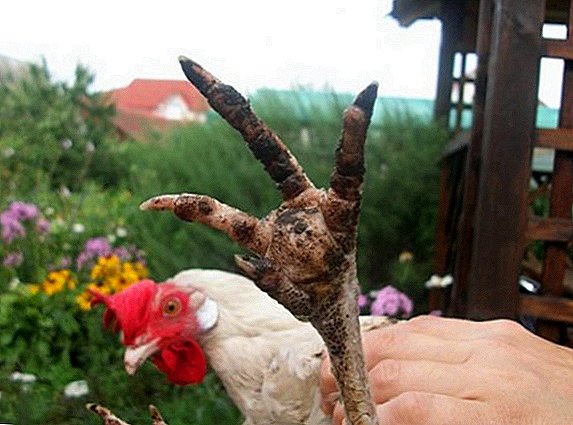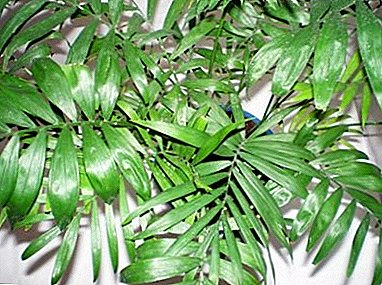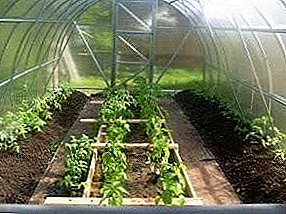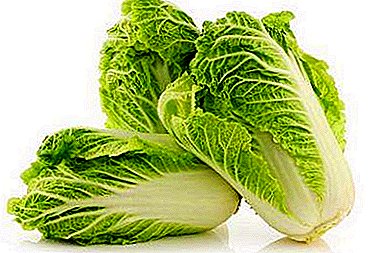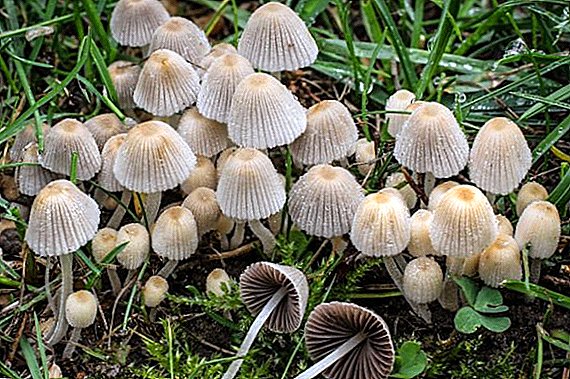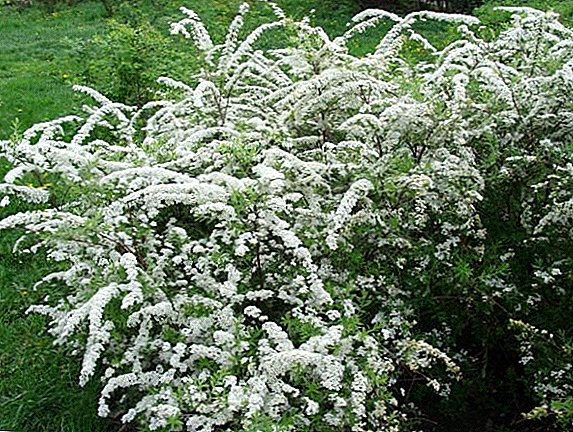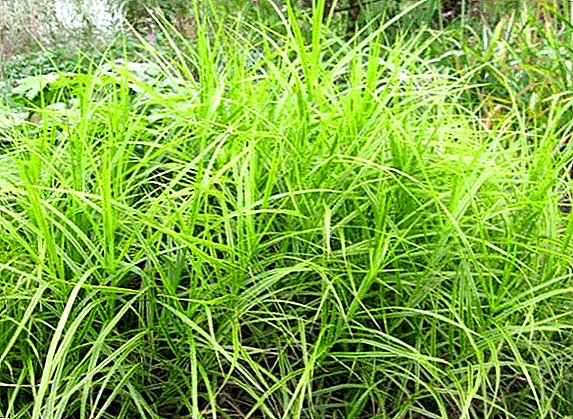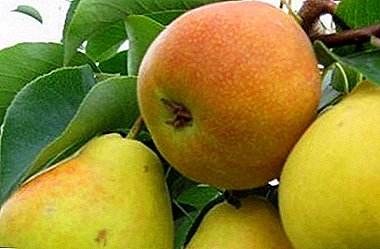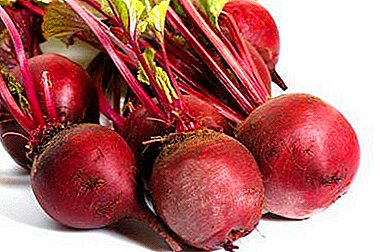
Absolutely all summer residents, while planting on their land, dream of getting a bountiful harvest. But weather conditions always make their own adjustments, and the process of growing vegetables can differ dramatically in different regions of the country.
Especially this question worries gardeners living in areas with difficult climatic conditions.
In this article we will tell you about beet varieties suitable for cultivation in the Urals and their characteristics.
Features of the climate and its impact on the cultivation of vegetables
The Urals are characterized by low average annual temperatures, short summers with possible frosts, often strong winds and an uneven distribution of precipitation. Soil features also leave their mark - often it is rocky, which complicates cultivation. Soil acidity is usually above average, and liming is recommended before planting root crops.
The climate of this region is still suitable for a huge number of cultures.. The hard work of the breeders allows even typical southern plants to be grown here. Beetroot is quite demanding on the parameters of lighting and temperature conditions, but all this can be adjusted by choosing the seed properly and observing the rules for growing the plant.
Important! To reduce the acidity of the soil, it is enough to deposit a small amount of wood ash into the soil before planting.
Selection rules
With particular care it is necessary to approach the selection of seeds, because it is from this to a large extent depends on the size of the crop.
- The main requirement is adaptation to the weather conditions of the region. Beet varieties suitable for the southern areas with a high probability in the Urals simply will not be able to grow. Seeds should be cold-resistant and ripen quickly - beets with late ripening here will not have time to completely emerge in a short summer.
- It is also worth paying attention to the quality of the seeds prepared for planting. They must be healthy, not damaged in appearance and not have an unpleasant smell.
We will dwell on those varieties of beet, which are most often found in the gardens of the Urals. Cultivated mainly dining and sugar beets.
- Beetroot in large quantities contains betaine, which gives the vegetable a red color.
- Sugar varieties differ in high carbohydrate indicators, and serves for sugar production. It has white fruit.
- Feed varieties beets are grown for feeding livestock. Such a diet significantly increases milk yield and allows you to compensate for the lack of vitamins in the winter.
Most often grown early and mid-season varieties of beetroot. They allow you to get large fruits in the middle of summer. The main disadvantage of these varieties - long-term storage, they, alas, will not transfer.
Consider the beet varieties that are suitable for growing in the Urals, as well as see their photos and descriptions.
Table buryaks
Early
Red ice
Ripens in 100 days, average fruit weight 200-300g. Productivity - 4-5,5 kg from 1 square meter. The flesh is juicy, without rings, does not lose color during heat treatment.

Polar flat
The vegetation period to complete the formation of 85-112 days. The variety is specially selected for areas with a cold climate. The flesh is dark red, has white and pink rings.

Pushkin flat
Vegetation period 62-105 days. The average yield is from 3 to 6.5 kg per square meter. The flesh is intensely red. Suitable for long term storage.

F1 F1
Growth period is 95 days. The color of the pulp is deep red, has no characteristic rings. Possesses juicy and pleasant taste, keeps color at thermal processing. The root mass reaches 510 g.

More information about the early varieties of beets and the characteristics of their cultivation can be found here.
Mid-season
Egyptian
Between shoots and harvesting is 95-115 days. Ploskookrugly, dark red fruits. The mass reaches 200-400 g. Juicy, red flesh without white veins, has excellent taste. Productivity is high, 5-8,3 kg from 1 square meter of a bed.

In detail about the Egyptian flat beets, we told in this article.
Bordeaux
The ripening period is about 110 days. The flesh is red in color and has a noticeable banding. Fruit weight 300-510 g. It has excellent taste and retains its color during heat treatment.

Cold resistant
Vegetation period 78-102 days. High-yielding variety, up to 7.8 kg from 1 square meter. During germination, frost resistant to minus 5 ° C. Fruit weight - up to 270 g.

Late
Cylinder
Fruits of a cylindrical form which gave the name to a grade. The size of root crops reaches 16 cm in length and up to 10 cm in diameter. Weight - up to 500 grams. The growing season reaches 130 days from the time of planting. The vegetable has a sweet, dark red flesh, thin skin and is great for canning.

You can find more information about growing and storing the Cylinder variety beets in this material.
Slav
The ripening of the root accounts for 125-130 days. Productivity to 7 kg from square meter, fruits of a cylindrical form reaching 16 cm in length. The average fruit weight is 250-300 grams. It has a rich taste, juicy, sweet and tender flesh.

Lark
100-120 days before harvest. The root crop is round, dark red, with noticeable rings. Good taste. Productivity - up to 6.5 kg per square meter.

Red hero
The growth period is 116-125 days. Dark red, smooth, cylindrical root crop with high commercial qualities. It has good taste. Fruit weight reaches 550g., Diameter - up to 7 cm. High yield up to 10.5 kg per square meter.

Read more about beet, its properties and effects on the human body, as well as the technology of cultivation, read in this material.
Sugar creepers
The cultivation of sugar beet in the harsh climate of the Urals has many features. This species is extremely dependent on daylight and average daily temperatures. With a cold snap below 6 degrees, the heat in the roots stops accumulating sugar (we discussed the sweetest varieties here). The main rule is to use seedlings, you should also choose cold-resistant types of seeds.
Early varieties:
- Boltardi.
- F1 Claudia.
Mid-season varieties:
- Bona.
- Detroit.
- Libero.
Late ripening varieties:
- Crystal.
- Assandra.
- Beldan.
Feed
This type of root crops has a rather long growing season, which reaches 160 days in some varieties, therefore it is also recommended to grow seedlings.
Early
Ekkendorfskaya yellow
Crop variety. The fruits have an elongated shape, the flesh has a yellow color and high juiciness. From 1 ha - up to 100 tons. harvest.

North Orange
Root crops have the form of an elongated oval, have a bright color. The average weight is about 1 kg, the variety gives a bountiful harvest.

Mid-season
Kiev pink
Multi-growth variety, has oval-shaped roots with a slight root groove. Resistant to diseases and pests. Productivity up to 120 t / ha.

Brigadier
Differs in preserving juicy leaves until the harvest. The undemanding grade, maintains short-term frosts. The yield reaches 150t / ha.

Late
- Centaur.
- Ursus.
- Record.
- Hope.
Important! From one seed often grow several plants at once, which requires mandatory thinning.
For more information about fodder beet and the secrets of getting large root crops, read here.
Which are ideal for long term storage?
As mentioned above - early and mid-season varieties are poorly suited for storage during the winter. Delicate fruits are not meant for this. Best for this purpose are suitable varieties with late ripening. To understand whether the harvest obtained from a particular variety will be stored - you need to pay attention to such a parameter as “keeping quality”. It is usually indicated on the seed packaging. The most deadly and best varieties grown in the Urals are:
- Bordeaux.
- Egyptian flat.
- Cylinder.
- Red hero.
- Slav.
In general, the following recommendations will be effective for growing beets in the Urals:
- Choose cold-resistant varieties with a growing season of up to 130 days.
- Take into account the climate - early sowing of beets in the open ground is fraught with the loss of tender shoots.
- Harvesting beets in the Urals has no specific dates and depends primarily on the timing of planting and weather conditions.
- Choose beet varieties based on the purposes for which it will be grown. For long-term storage of such varieties are suitable with high keeping quality.
Beetroot is a delicious vegetable, extremely useful for humans. Its effect on the circulatory system is difficult to overestimate. In addition, this vegetable is a powerful antioxidant, removes radionuclides from the body, prevents thyroid disease and the formation of blood clots. All this makes beets attractive for summer residents. And even despite some fastidiousness of the plant and the difficult climate of the Urals, it is quite realistic to do this - the main thing is to choose the right varieties and competently care for the plantings.



